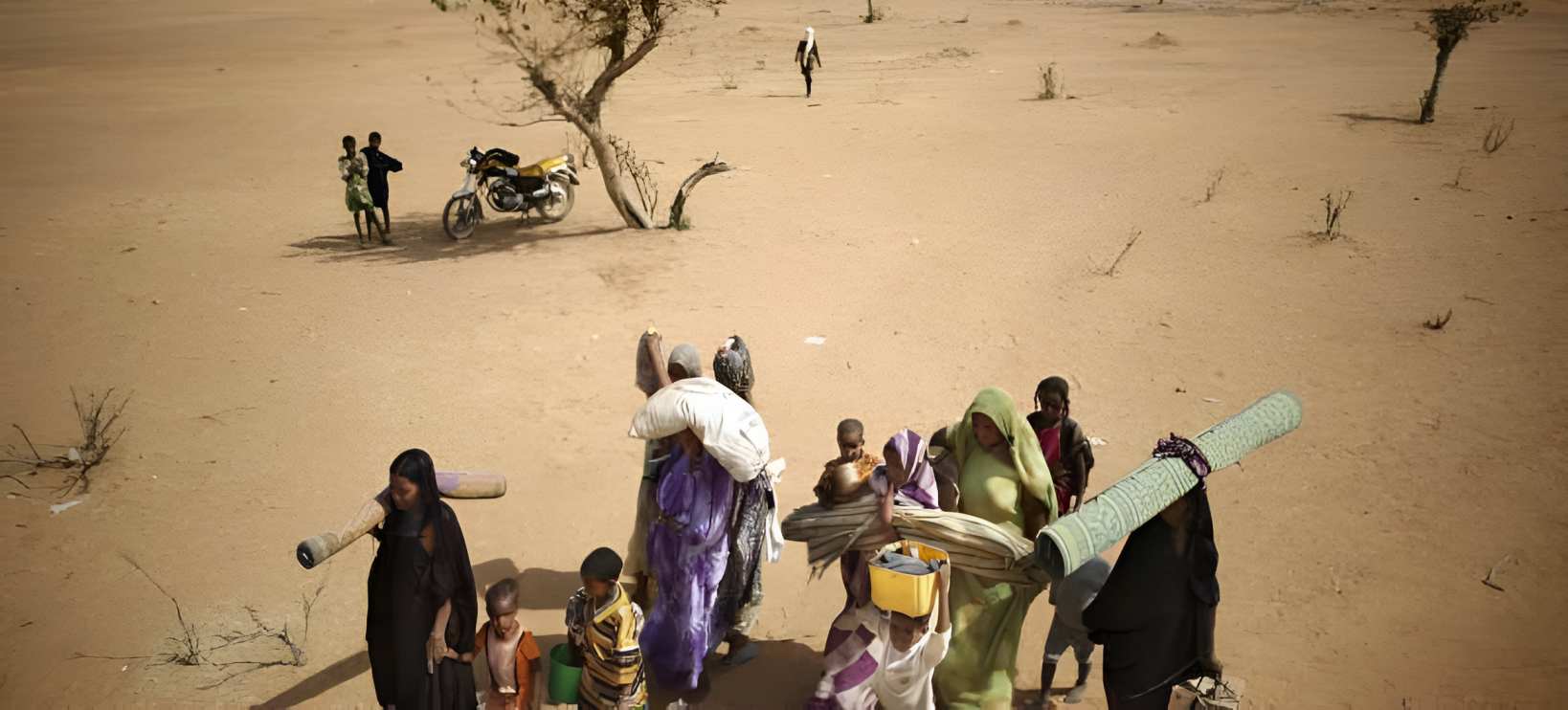Displacement crisis worldwide deepens as 83.4 million remain uprooted

Conflict accounted for nearly 90% of the total, including 11.6 million in Sudan.
A record 83.4 million people were living in internal displacement by the end of 2024, with most driven from their homes by war and violence.
Conflict accounted for nearly 90% of the total, including 11.6 million in Sudan, the highest number ever recorded for a single country, and the near-total displacement of the Gaza Strip’s population.
The scale of the crisis marks a stark rise from six years ago and reflects how conflict zones in Africa and the Middle East have become epicentres of forced migration.
According to the Internal Displacement Monitoring Centre’s latest global report, displacement caused by disasters also rose sharply, affecting 9.8 million people.
Many of these were climate-related events, with Afghanistan and Chad among the most affected.
But it is the combined effect of conflict and environmental shocks that is stretching governments and aid agencies to the brink.
"Internal displacement is where conflict, poverty and climate collide, hitting the most vulnerable the hardest," said Alexandra Bilak, director of IDMC.
"These latest numbers prove that internal displacement is not just a humanitarian crisis; it’s a clear development and political challenge that requires far more attention than it currently receives."
Across conflict zones, families are being forced to move repeatedly as violence spreads.
The Democratic Republic of the Congo, Palestine and Sudan alone accounted for over 12 million forced movements in 2024.
In many of these areas, displacement means years without proper shelter, education, or healthcare.
"Internal displacement rarely makes the headlines, but for those living it, the suffering can last for years," said Jan Egeland of the Norwegian Refugee Council.
"Over the past year, I’ve met with internally displaced families in DR Congo, in Palestine, and in Sudan, and listened to them speak about the devastating impact of displacement on their lives and their hopes for the future."
With more than three-quarters of displaced people living in countries highly vulnerable to climate change, the overlap of crises is now impossible to ignore.
Disasters triggered 45.8 million movements in 2024 alone, more than twice the annual average of the past decade.
Cyclones and floods led to mass evacuations, but many of those displaced remain without lasting solutions.
"The cost of inaction is rising, and displaced people are paying the price. The data is clear, it’s now time to use it to prevent displacement, support recovery, and build resilience," Bilak said.
Without a shift in how governments and the global community address both the causes and consequences of displacement, the numbers are likely to keep climbing.
